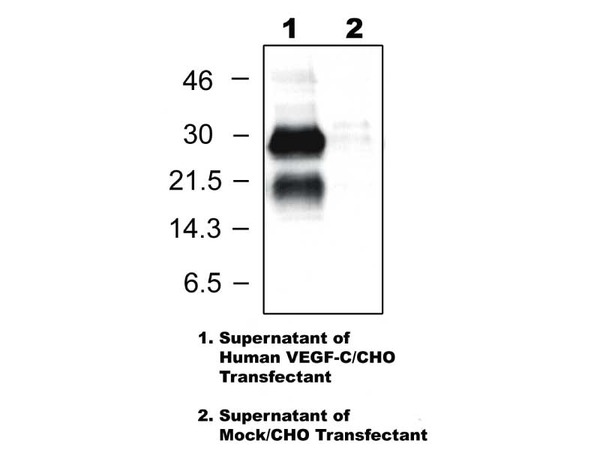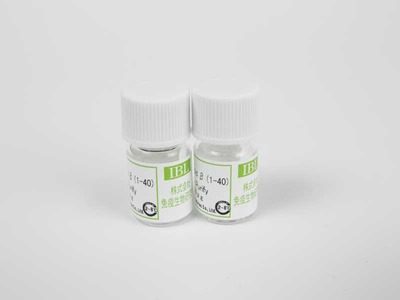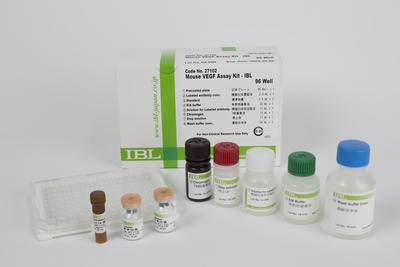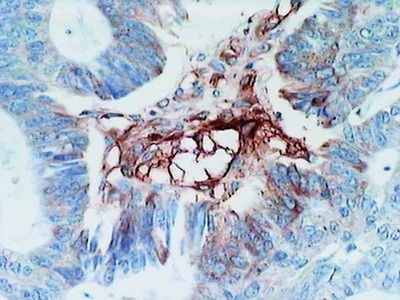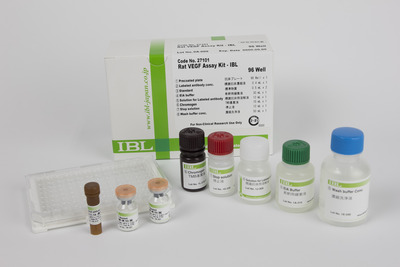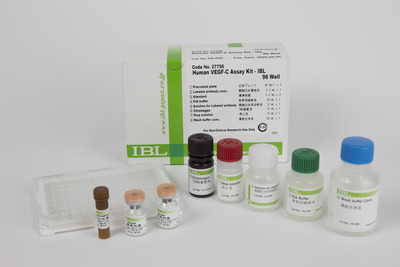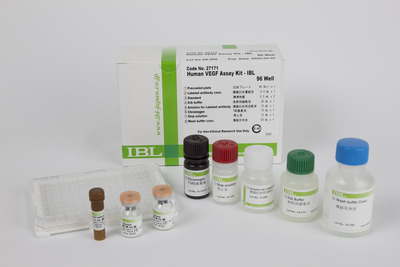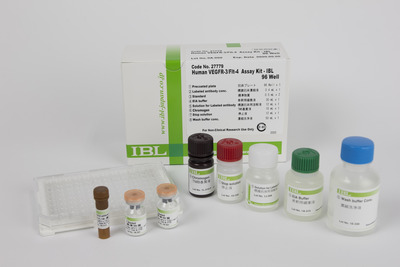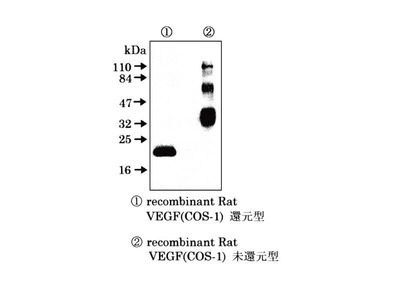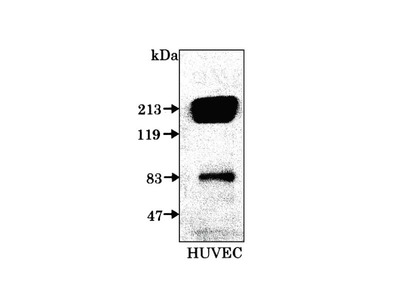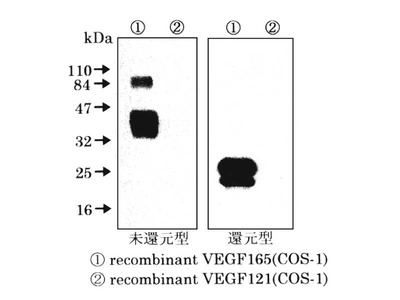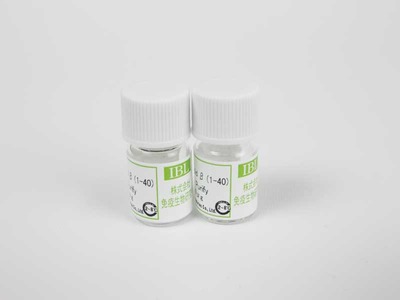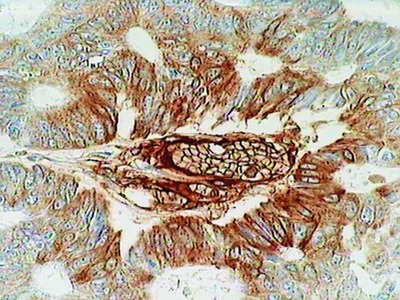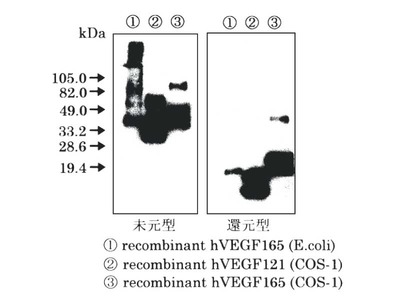- HOME >
- For Researchers >
- Product Search >
- Search Result >
- #18415 Anti-Human VEGF-C (103) Rabbit IgG Affinity Purify
Product Search
#18415 Anti-Human VEGF-C (103) Rabbit IgG Affinity Purify
- Intended Use:
- Research reagents
- Application:
- WB, IHC
- Package Size1:
- 100 μg
- Package Size2:
- 10μg
- Note on Application Abbreviations
- WB:Western Blotting
- IHC:Immunohistochemistry
※ The product indicated as "Research reagents" in the column Intended Use cannot be used
for diagnostic nor any medical purpose.
※ The datasheet listed on this page is sample only. Please refer to the datasheet
enclosed in the product purchased before use.
Product Overview
Product Overview
| Product Code | 18415 |
|---|---|
| Product Name | Anti-Human VEGF-C (103) Rabbit IgG Affinity Purify |
| Intended Use | Research reagents |
| Application | WB, IHC |
| Species | Human |
| Immunizing antigen | Synthetic peptide of the N-terminal part of human VEGF-C |
| Purification Method | Purified with antigen peptide |
| Package Form | Lyophilized product from 1 % BSA in PBS containing 0.05 % NaN3 |
| Storage Condition | 2 - 8℃ |
| Poisonous and Deleterious Substances | Applicable |
| Cartagena | Not Applicable |
| Package Size 1 | 100 μg |
| Package Size 2 | 10μg |
| Remarks1 | The commercial use of products without our permission is prohibited. Please make sure to contact us and obtain permission. |
Product Description
Product Description
The vascular endothelial growth factor family has recently been expanded by the isolation of two new VEGF-related factors, VEGF-B and VEGF-C. The physiological functions of these factors are largely unknown. Recently, it is reported that the cloning and characterization of mouse VEGF-C, which is produced as a disulfide-linked dimer of 415 amino acid residue polypeptides, sharing an 85% identity with the human VEGF-C amino acid sequence. In in situ hybridization, mouse VEGF-C mRNA expression was detected in mesenchymal cells of post implantation mouse embryos, particularly in the regions where the lymphatic vessels undergo sprouting from embryonic veins, such as the perimetanephric, axillary and jugular regions. In addition, the developing mesenterium, which is rich in lymphatic vessels, showed strong VEGF-C expression. VEGF-C was also highly expressed in adult mouse lung, heart and kidney, where VEGFR-3 was also prominent. The pattern of expression of VEGF-C in relation to its major receptor VEGFR-3 during the sprouting of the lymphatic endothelium in embryos suggests a paracrine mode of action and that one of the functions of VEGF-C may be in the regulation of angiogenesis of the lymphatic vasculature.
References
References
- Clinical significance of vascular endothelial growth factor C and vascular endothelial growth factor receptor 3 in patients with nonsmall cell lung carcinoma. Arinaga M et al. Cancer. 2003 Jan 15;97(2):457-64.PMID: 12518370
- COX-2-mediated stimulation of the lymphangiogenic factor VEGF-C in human breast cancer A V Timoshenko et al. Br J Cancer. 2006 Apr 24; 94(8): 1154-1163.PMID: 16570043
Note: Retrieve by PMID number in displayed by abstract: http://www.ncbi.nlm.nih.gov
FAQ
FAQ
-
 Q.Can this antibody be used on mice or rat samples ?
Q.Can this antibody be used on mice or rat samples ? -
 A.No, it cannot.
A.No, it cannot.

